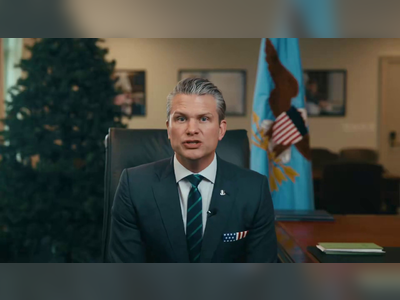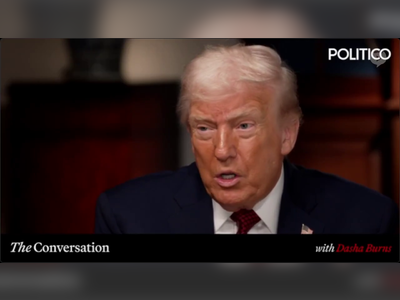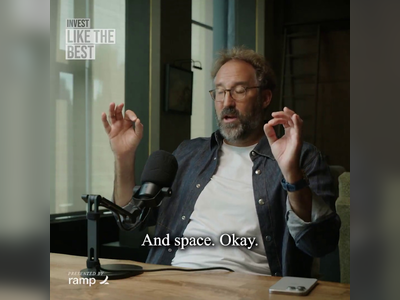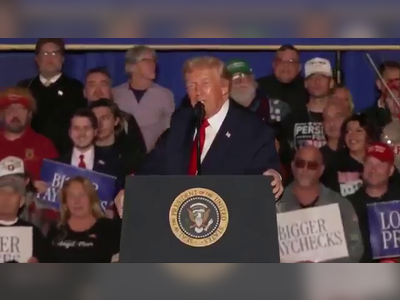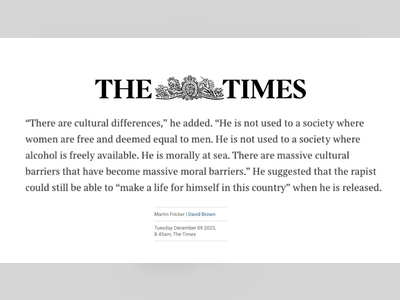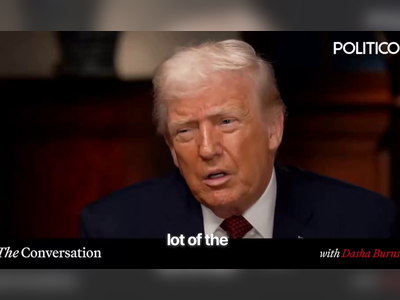
BVI’s labour needs to be assessed so locals can be trained to fill gaps
The minister made the announcement during a live public broadcast with senior members of the Ministry of Labour & Immigration Sunday night, September 13.
He said once the territory’s labour needs are assessed, he will work closely with the Education Ministry to train local residents to fill labour shortages.
Wheatley said they will then “heavily finance” the H Lavity Stoutt Community College and begin training locals to function within the economy.
“I think sometimes we train our people for things that aren’t really relevant in our economy. If you don’t know where you are, you can’t know where you are going. We have to modernise our systems for gathering information that can inform our decisions,” he said.
The minister called the initiative a “Labour Assessment Needs”, saying it will give a breakdown of the BVI’s labour force according to gender, work permits, and the number of persons employed in various professions.
“As soon as we can see our way clear, we will be doing a Labour Assessment Needs of the entire country. If someone asked me right now, how many plumbers are on work permit in this country, we can find the answer. But it will take us a very, very long time. With this new system, we can track work permits by gender, profession and origin,” Wheatley explained.
Localising the workforce
In recent times, Wheatley has been urging the BVI’s employers to hire more local workers to reduce the territory’s dependence on foreign labour.
He said the COVID-19 pandemic presents a new opportunity for employers to hire locally and improve the BVI’s economy.
“With this pandemic, we have to keep the money flowing in the economy as much as possible. We want as many locals, Belongers, and nationalised persons in the community employed before we bring in outside persons. We want people to look at the local pool first before we try to look outside.” Wheatley added.
Approximately 70 percent of the BVI’s labour force comprises expats while the remaining 30 percent comprises BVIslanders.
